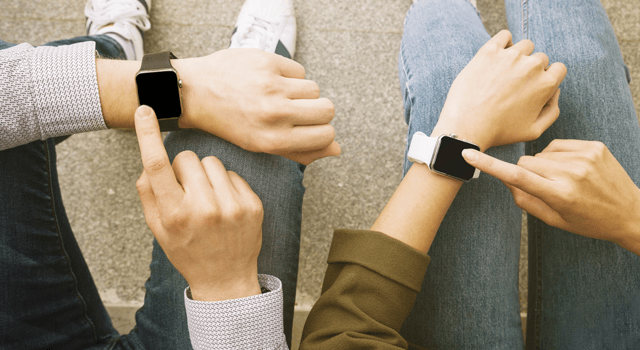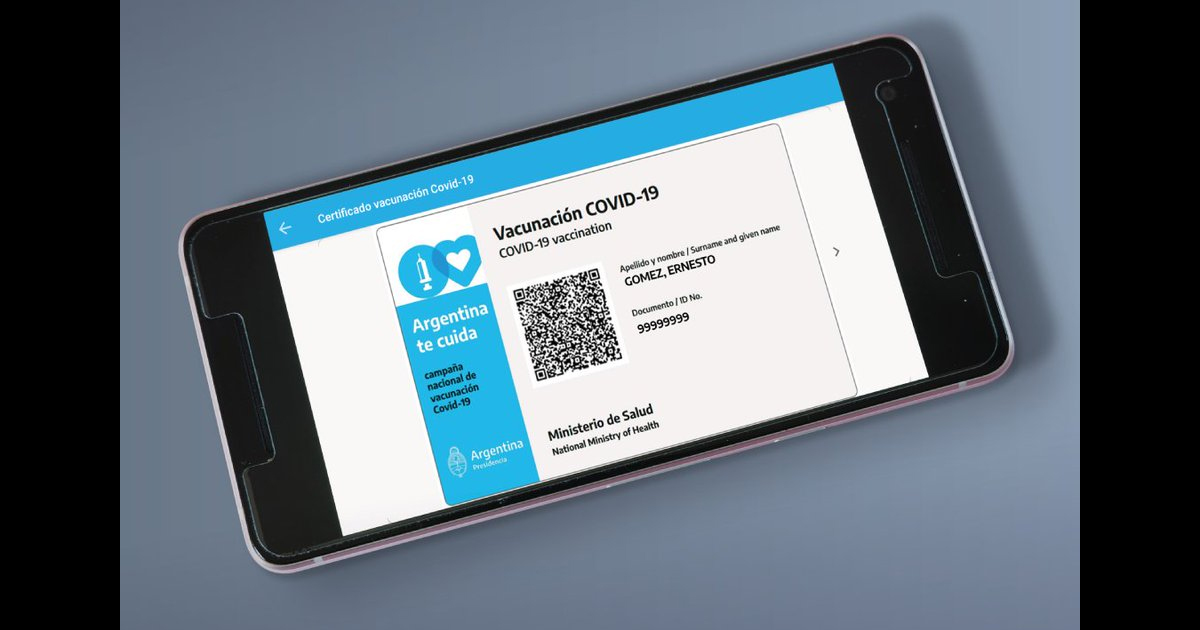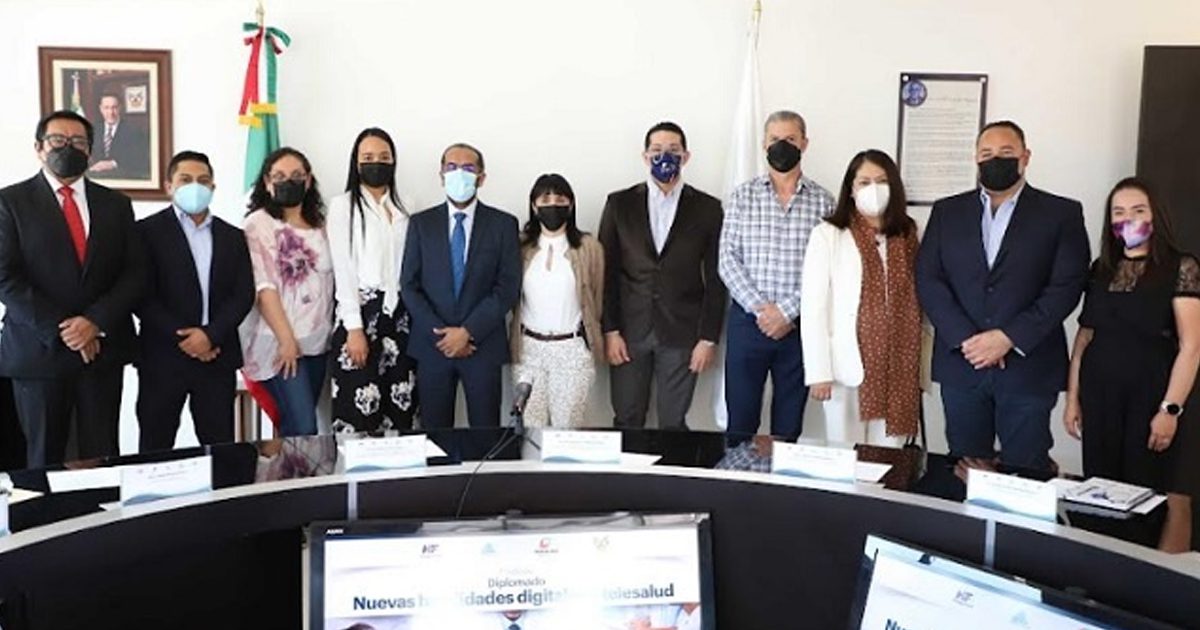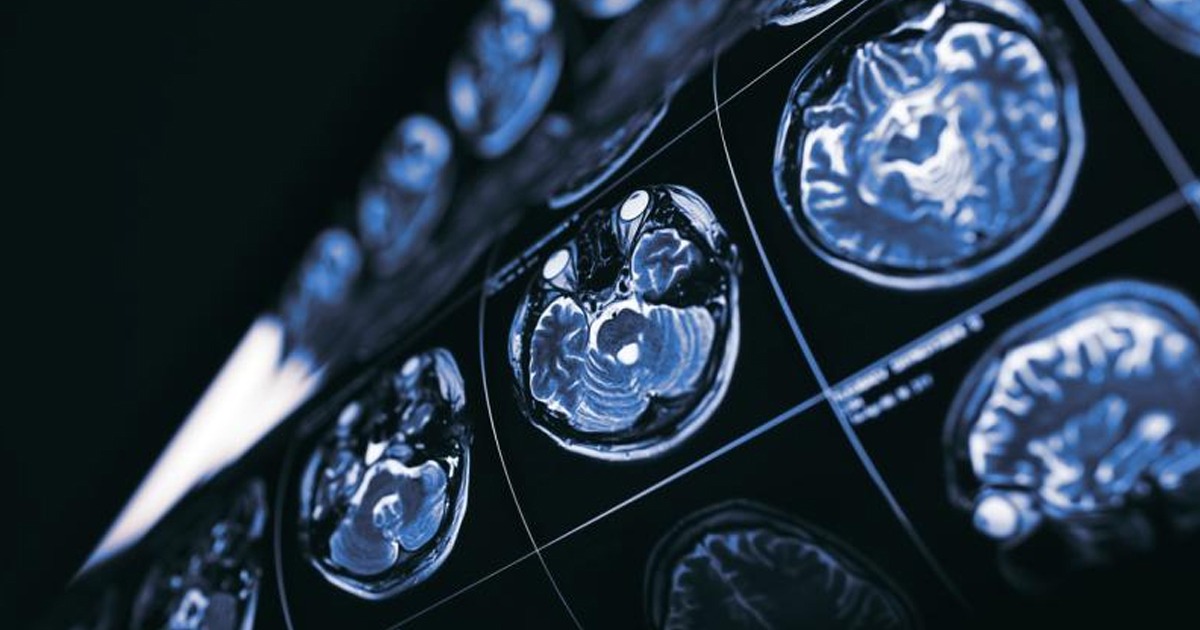Mobile devices or gadgets used in our daily lives increase the quality of life and the performance in health. Their input provides benefits, such as glucose measurement, blood pressure and several other biomarkers that guarantee the patient’s well-being.
New technologies progress ever so quickly, and it is easy to use them day by day. They allow the immediate connection through devices or gadgets operating in the cloud.
Veronika Vartanova, a researcher for Iflexion (a software development company), drafted an informative note where she explains the advancements and profits the intelligent devices contribute to health. In the past, these tools were only available to athletes and sportsmen but with the introduction of mobile phones, watches and even patches, the general population is now able to use them by pairing them to their smartphones, allowing the monitoring of their health condition.
Scalability while using these devices allows the improvement of self-care, the advantages obtained by the emission of signals of warning or alert and the habit modification towards a healthier lifestyle. No more time or money will be spent on checkups and immediate responses will be able to be obtained thanks to the embedded algorithms within the digital applications, showing the collected results, their interpretation and personalized counseling according to them.
The size of these sensors has evolved to the point that it is now possible to use a watch which monitors the heart and blood pressure, doing it so accurately that smart watches are now accepted as medical devices.
On the other hand, wristbands can monitor physical aspects and act as an assistant for self-care – not only while exercising, but by preventing risks of disease and deficiencies in health condition – through activity logs and measuring the functioning of circulatory, digestive and respiratory systems.

The sensors determine diagnostics through electric, thermic, acoustic and optic signals. The two main sensor types are:
- Physiologicalwhich monitors respiratory activity, temperature, heart rate, blood pressure and biological aspects in order to avoid hear failure, ensure good body mass, help to remove stress and sleep problems.
- Biochemical,which measures glucose levels, electrolytes and other tests that allows the detection of altered levels with great precision and in real time.
The combines use of devices is also used as an ideal complement for patients’ rehabilitation and as evidence in the confirmation of results and/or guidance in new therapies. This focus is used by Harvard Medical School, Tufts University and Purdue University in an ongoing project consisting in a new kind of smart bandage which eases and accelerates healing in the patient. The sensors evaluate the wound and, depending of the range or severity of the latter, automatically supplies the corresponding medicine.






